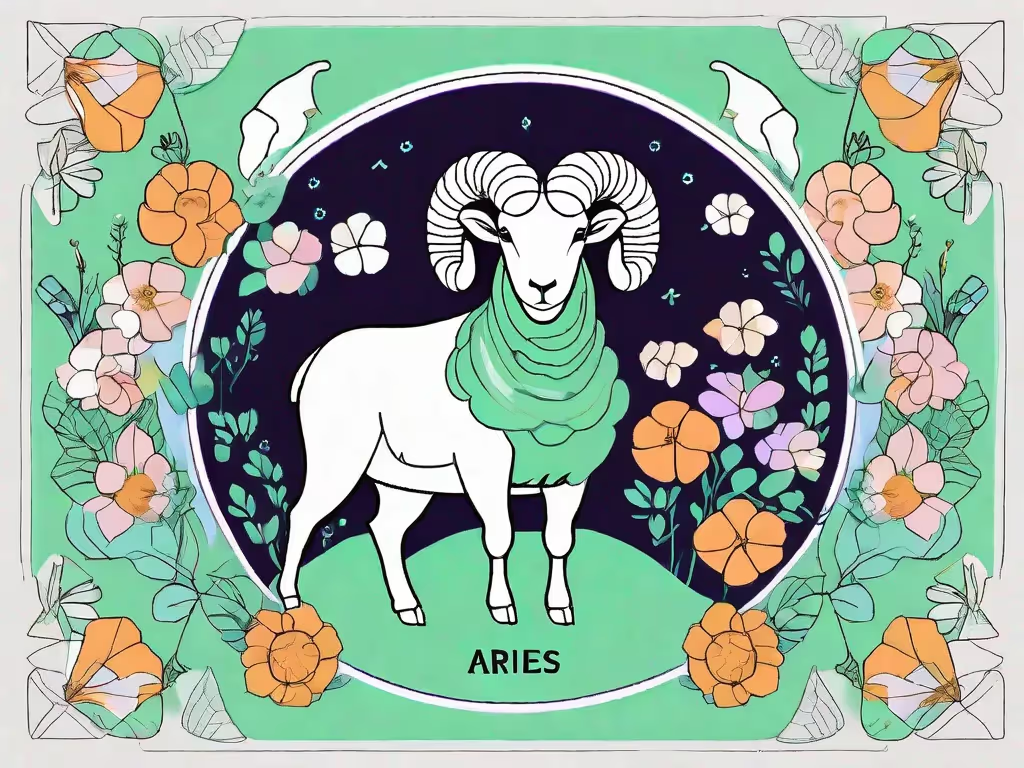When I went through the Mindfulness-based Stress Reduction Training (MBSR), my entire meditation practice shifted. Mediation and mindfulness, I realized, were about more than sitting and watching thoughts. It was about feeling the moment's sensation with compassion and presence.
Sometimes, whether we're meditating or participating in our day-to-day life, we feel negative thoughts, anxiety or worry arise. It's natural to want negative thoughts and emotions to stop, which explains why the STOP acronym for mindful awareness resonates with so many people. STOP stands for the following:
- Stop
- Take a breath
- Observe
- Proceed
The acronym is a helpful device for you to remember in the moment to implement mindfulness. In this article, we'll discuss how this works and why. We'll also discuss the beneficial role of mindfulness in stress and anxiety management and how to explore each of the steps to STOP.
Understanding the Acronym for STOP
Imagine you are in a time and place where you feel your thoughts are out of control. You want to be mindful, but it seems out of reach. Reminding yourself to STOP can be helpful when you break it down into steps, which are easier to remember with repeated practice.
S for Stop
In mindfulness training, you learn the importance of pausing amid runaway thoughts or habitual behaviors. By simply getting in the habit of saying STOP to yourself, you can quickly remember to trigger a more mindful response. If you want a humorous depiction of this, find the Mad TV skit of Bob Newhart as a therapist. It's a hilarious depiction of a therapist using the same technique less constructively.
T for Take a breath
The role of deep breathing in mindfulness is that of support. You can use your breath to lean on during times of stress, anxiety, or worry. Breathing helps in transitioning from a reactive state to a non-reactive state by using a physiological response to help harmonize thoughts and ease stress.
O for Observe
Noticing physical sensations, thoughts, and feelings is the third step of the STOP method. After pausing and focusing on the breath, you can proceed to the step of observation by simply, compassionately, noticing what you are thinking. Without asking why or trying to analyze, observing is a powerful part of the mindfulness practice. Observation promotes awareness and understanding that what you are feeling simply is, and like all feelings, it too will pass.
P for Proceed
Choosing how to respond after the STOP process is as simple as understanding that there are certain things you can control and certain things you cannot control. To proceed means to think about what you can influence and take the next best step. Effectively proceeding with awareness and clarity can mean the difference between acting with precision and numbing out.
Stop Method as a Therapeutic Tool for Anxiety
STOP can be used on your own or in a therapeutic setting. In fact, the Dialectical Behavior Therapy (DBT) leverages the STOP mindfulness technique. DBT is a therapy that teaches mindfulness techniques in the context of cognitive-behavioral therapy (CBT). According to the Cleveland Clinic, DBT is effective in treating borderline personality disorder (BPD), suicidal behavior, post-traumatic stress disorder (PTSD), substance use disorder, eating disorders, depression, and anxiety.
Practical Application of the STOP Mindfulness Technique
Keep in mind that you can begin to practice the STOP technique in meditation and slowly integrate it into your life. If you do it daily for a week, you may notice that it begins to become automatic. This practice not only helps with a variety of psychological struggles, it can also help you to build basic self-esteem and feelings of personal autonomy and resilience.
Being patient with yourself in this new method is important if you want to implement STOP in your daily life. Finding mindfulness meditations online or joining courses and finding therapists who practice DBT or are open to leveraging mindfulness techniques can be ways to find support in using STOP more effectively.
If you’re looking for more guidance and community support, join me at Aura, a holistic wellness app that offers everything from mindfulness meditations to community support.



.webp)







.avif)

%20(1).avif)


.avif)
.avif)
.webp)


.avif)


















































































































.avif)

















.svg)








.avif)
